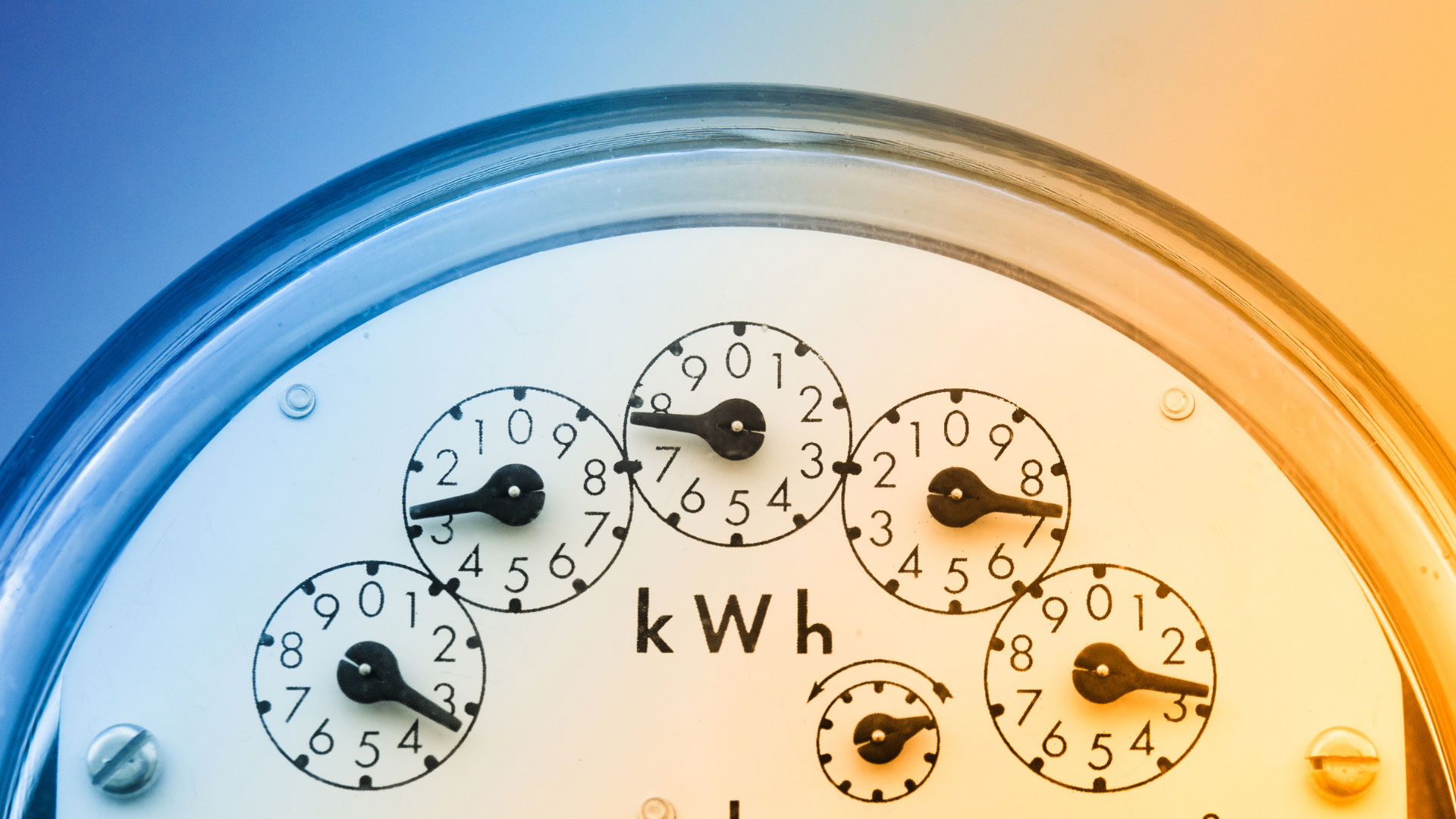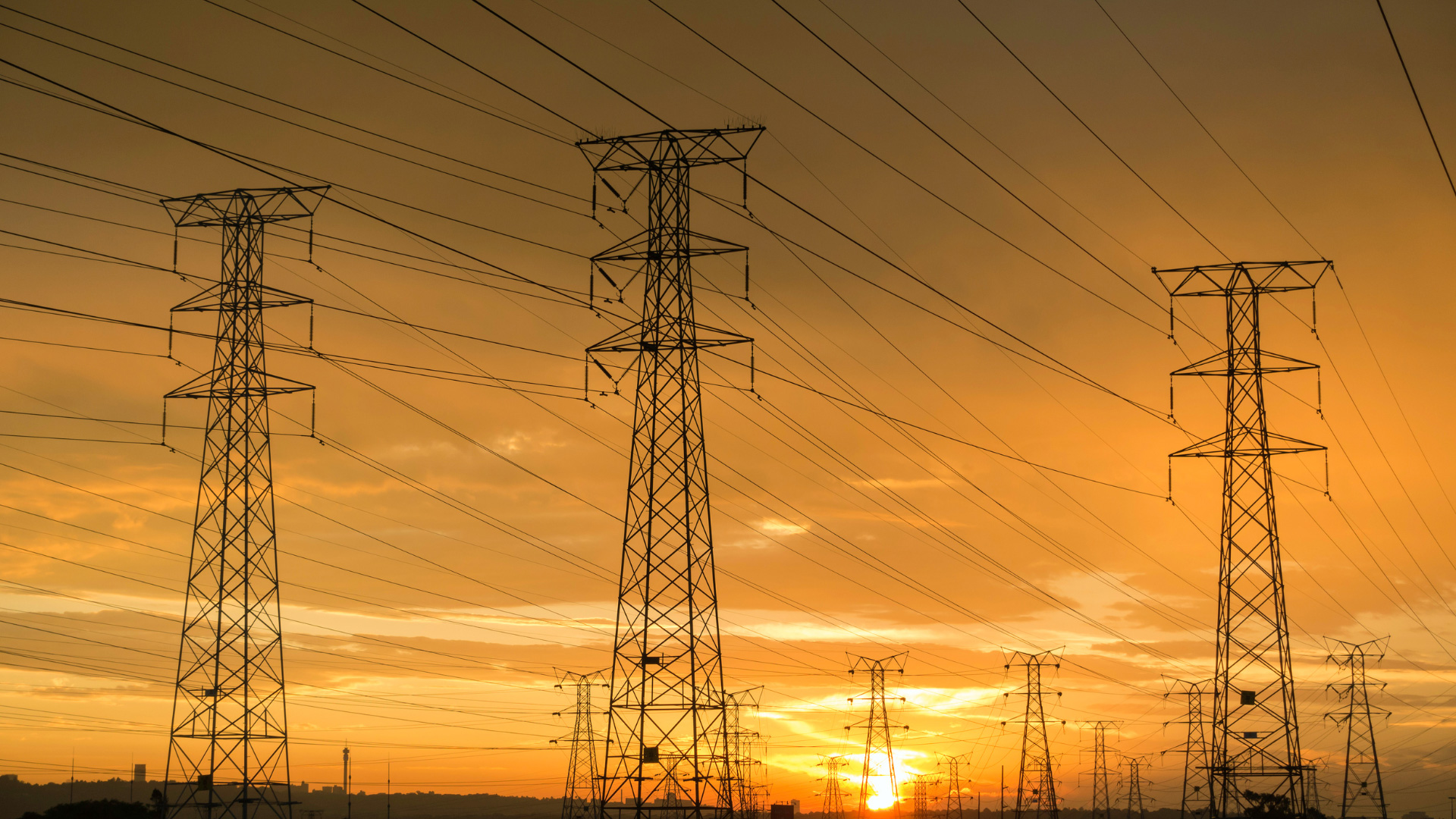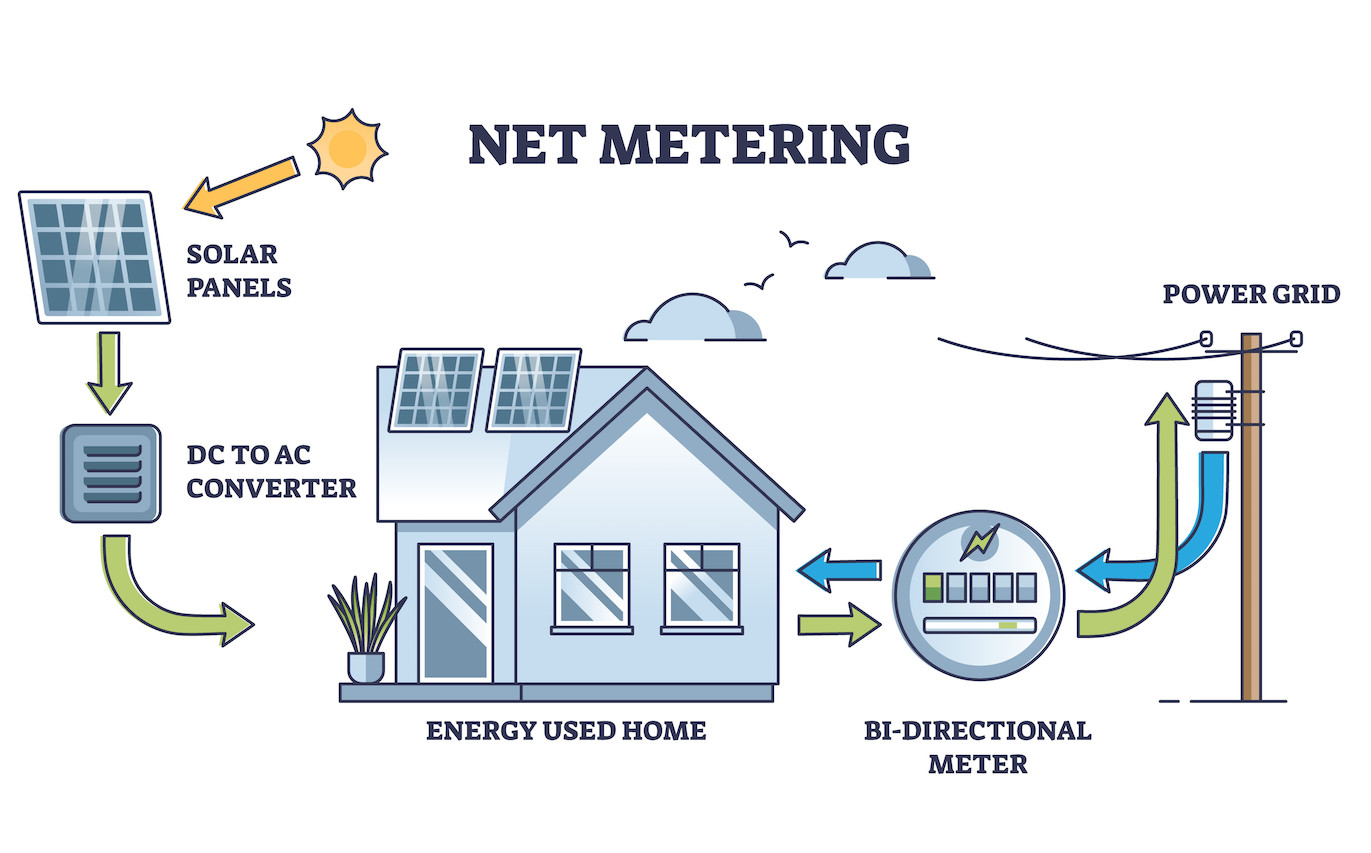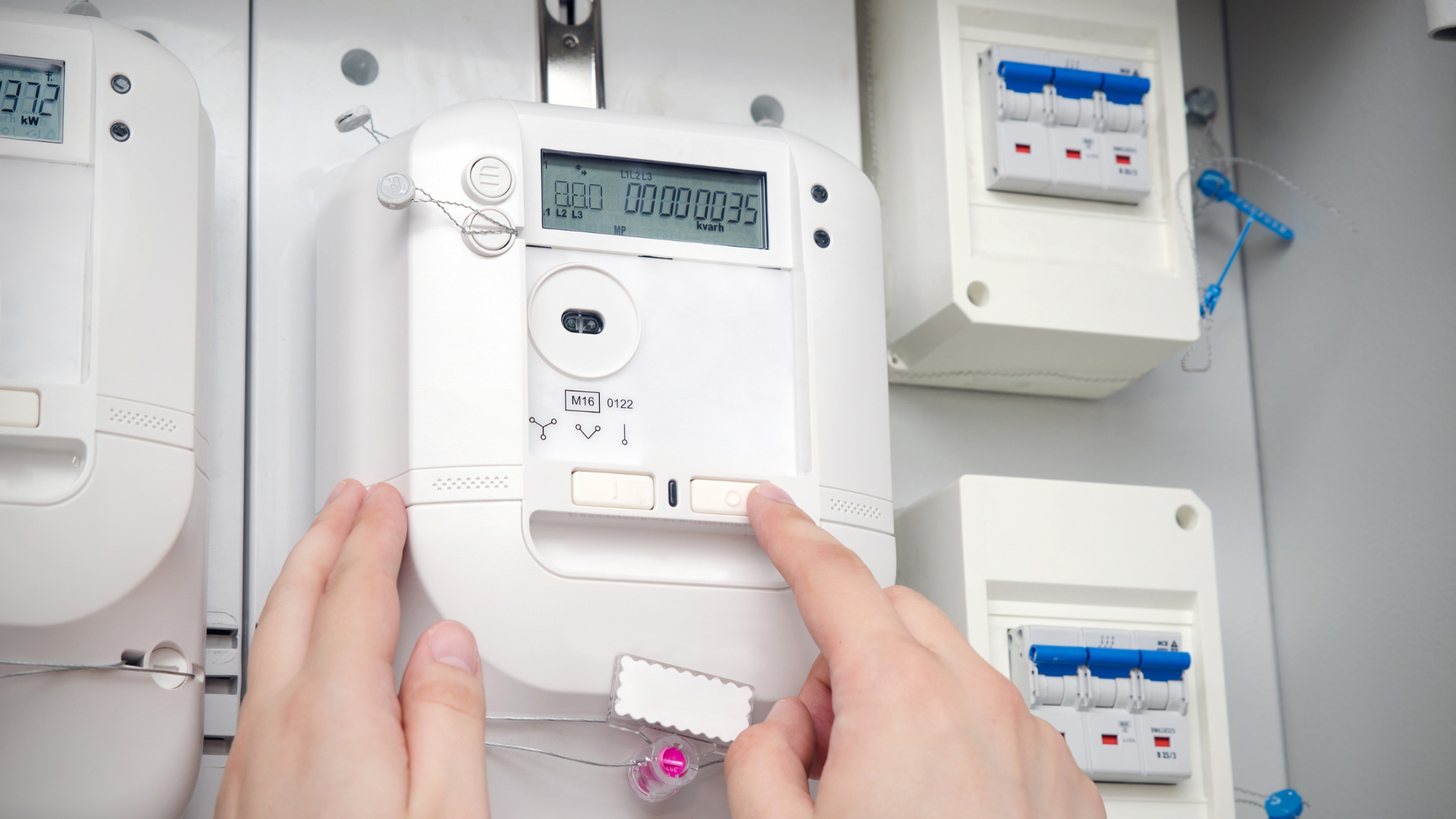Green energy in general, and solar energy in particular, are heavily incentivized by local and federal government subsidies. Homeowners and businesses can take advantage of all sorts of credits and discounts — and, in California, they can sell excess solar energy with net metering.
Unfortunately, 2023 brought some major changes to California’s Net Energy Metering (NEM) program. This latest iteration, NEM 3.0, pays less for energy generated by rooftop solar panels. But this is just one reduced incentive among many. Let’s take a look at what NEM 3.0 is, how it works, and how to mitigate the effects of the new payment structure.
What Is NEM 3.0?
NEM 3.0 is a California Public Utility Commission (CPUC) policy updating the latest amendment to the original NEM. It governs the compensation for excess rooftop solar panel energy that homeowners and businesses divert back into the state’s energy grid.
Back in 2016, NEM 2.0 was designed to encourage residential solar panel usage by paying a high amount to owners for excess energy. But, after the CPUC reviewed the outcomes of that iteration of NEM, they drafted a new bill to reduce payments by 75%. This meant that the $0.40/kWh compensation dropped to $0.09/kWh for any solar systems registered with the CPUC after April 13, 2023. Other systems will be grandfathered in, but find their energy compensation drop year-over-year for the next 20 years.
Who Does NEM 3.0 Affect?
The NEM 3.0 payment structure applies to residential customers who sell excess solar power to:
- Pacific Gas & Electric (PG&E)
- San Diego Gas & Electric (SDG&E)
- Southern California Edison (SCE)
Reduction in Solar Buyback Rate
The CPUC didn’t stop with residential homes. In November 2023, multimeter properties experienced reduced incentives as well. This includes apartment complexes, schools, strip malls, and office buildings.
Under NEM 3.0, businesses generating enough solar energy to cover their energy usage will still have to pay out of pocket for power. The reasoning behind this somewhat shocking policy change? The CPUC believes that high solar payouts have led to higher energy costs overall, including for California customers who don’t have their own solar panels.
Environmental activists and solar advocates disagree and instead blame high rates of profiteering. With this latest amendment to NEM, the answer will play out in real time. But for now, solar energy system owners will have to find ways to mitigate the issues caused by NEM 3.0.
Actions You Can Still Take
The best way to maximize your payments for energy sales is to export power during off hours. Night time is, of course, the best time to sell off solar energy, because fewer solar energy system owners have the proper equipment to delay sales. Adding a battery storage solution is the best way to keep your payments as high as possible.
Outside of NEM 3.0, there are plenty of other incentives that remain untouched, especially on the federal level. For example, the IRS still offers the Residential Clean Energy Credit.
Navigate NEM 3.0 Changes With Help From Solar Optimum
Interested in exploring all the ways solar can save you money, even as NEM 3.0 makes it somewhat more difficult for California residents? Contact us or download our Ultimate Guide to Going Solar to learn more about tax incentives and rebates to help offset your switch to solar energy.






